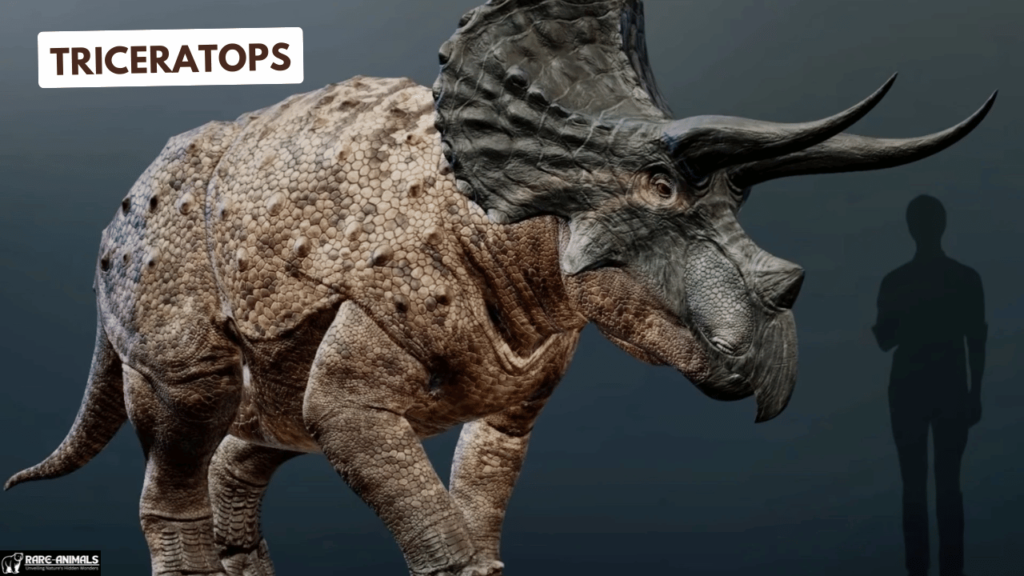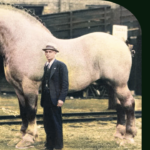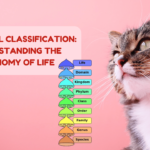The Triceratops is one of the most iconic dinosaurs that ever roamed the Earth. With its massive body, three distinctive horns, and protective frill, this prehistoric giant has captivated the imagination of wildlife lovers, nature enthusiasts, scientists, and researchers alike.
In this comprehensive article, we will explore the life of the Triceratops, its habitat, diet, behavior, and its role in prehistoric ecosystems.
The Triceratops
The Triceratops, meaning “three-horned face,” was a large herbivorous dinosaur that lived during the Late Cretaceous period, approximately 68 to 66 million years ago. It belonged to the Ceratopsidae family, which included other horned dinosaurs.
Physical Characteristics
- Size: Triceratops could grow up to 30 feet in length and weigh between 6 to 12 tons.
- Horns and Frill: It had two large brow horns and a smaller nasal horn, along with a bony frill at the back of its head.
- Teeth and Jaw: Equipped with hundreds of serrated teeth, Triceratops could efficiently chew tough, fibrous plants.
- Locomotion: Triceratops walked on four sturdy legs, making it a powerful and stable creature.
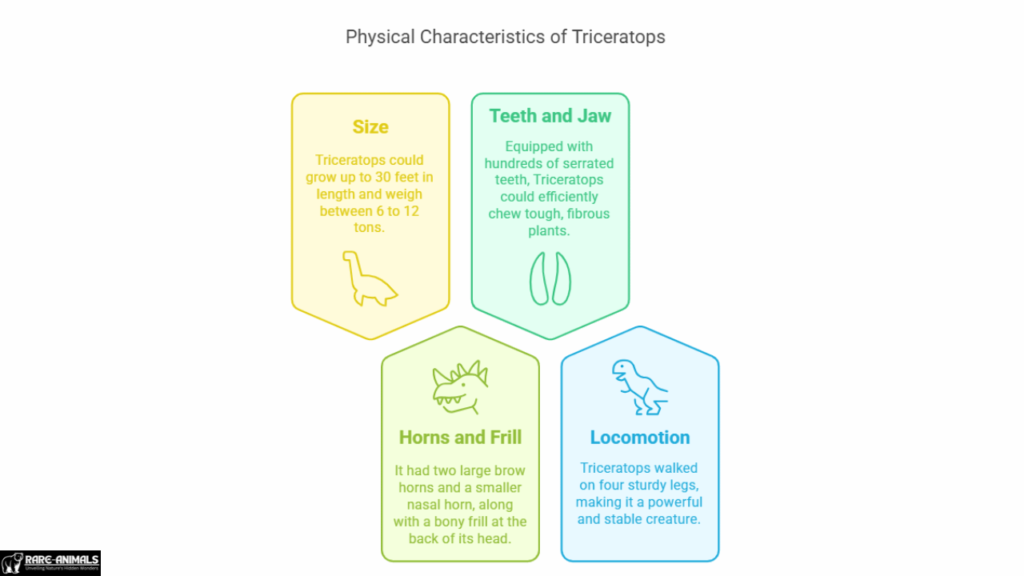
Habitat and Geographic Range
Triceratops thrived in what is now North America, primarily in regions that are part of modern-day Montana, South Dakota, Wyoming, and Canada. These dinosaurs inhabited semi-arid floodplains, lush forests, and open grasslands where vegetation was abundant.
Climate and Environment
- Lived in warm, humid conditions with seasonal changes.
- Flourished in diverse landscapes, from forests to open plains.
- Coexisted with predators like the Tyrannosaurus rex, which was one of its main threats.
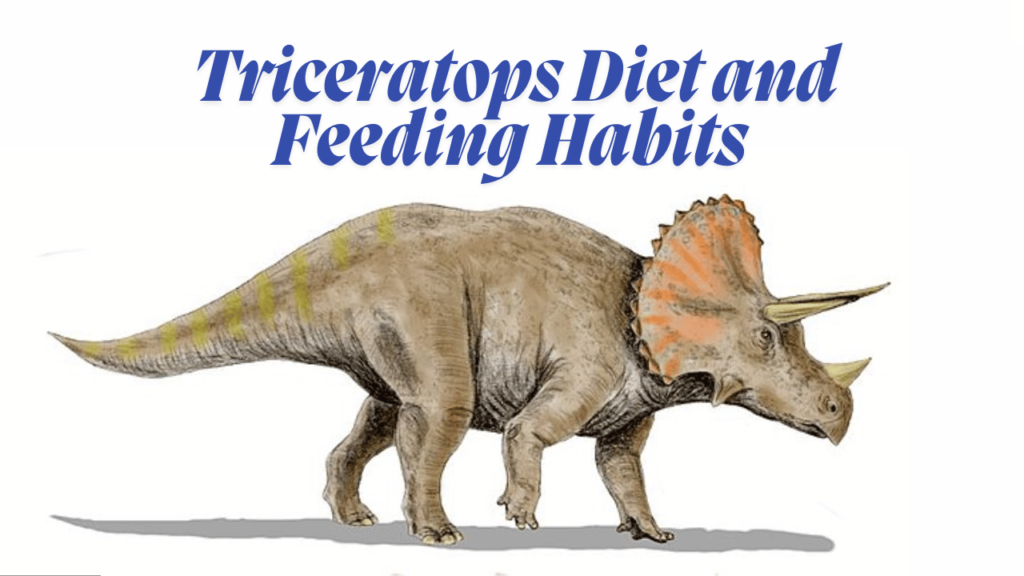
Diet and Feeding Habits
As a herbivore, the Triceratops primarily fed on low-lying plants, including:
- Ferns and cycads
- Palm-like plants known as bennettitales
- Conifers and ginkgoes
- Flowering plants emerging during the Late Cretaceous period
Its powerful beak and complex dental system allowed it to strip leaves efficiently and chew tough vegetation before digestion.
Behavior and Social Structure
Paleontologists believe Triceratops exhibited a mix of solitary and social behaviors:
- Some evidence suggests they lived in small herds, offering protection from predators.
- Horn and frill combat may have been used for dominance disputes or self-defense.
- Their large size and defensive posture made them formidable against carnivorous threats.
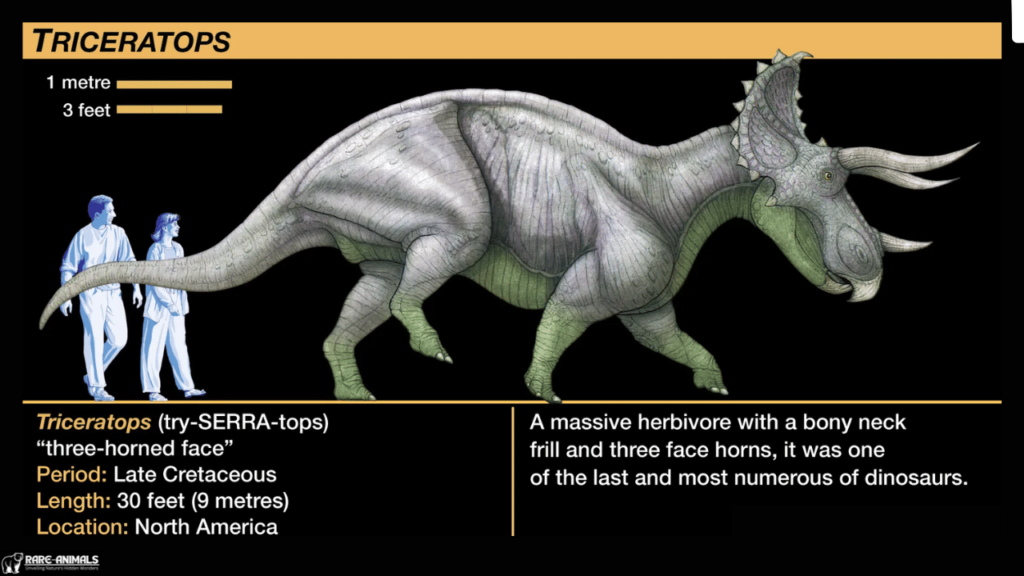
The Role of Triceratops in Prehistoric Ecosystems
Triceratops played a crucial role in maintaining the balance of its ecosystem:
- Grazing impact: Helped shape the prehistoric landscape by feeding on diverse plants.
- Prey species: Served as a food source for large predators, contributing to the food chain.
- Soil enrichment: Their waste likely contributed to the nutrient cycle, supporting plant life.
The Discovery and Fossil Record
Triceratops fossils were first discovered in 1887 by John Bell Hatcher. Since then, numerous fossils have been found, making it one of the most well-documented dinosaurs.
Famous Triceratops Fossils
- “Big John” (2021): The largest Triceratops skeleton ever discovered, measuring 26 feet long.
- Museum Specimens: Displayed in institutions like the American Museum of Natural History and Smithsonian Institution.
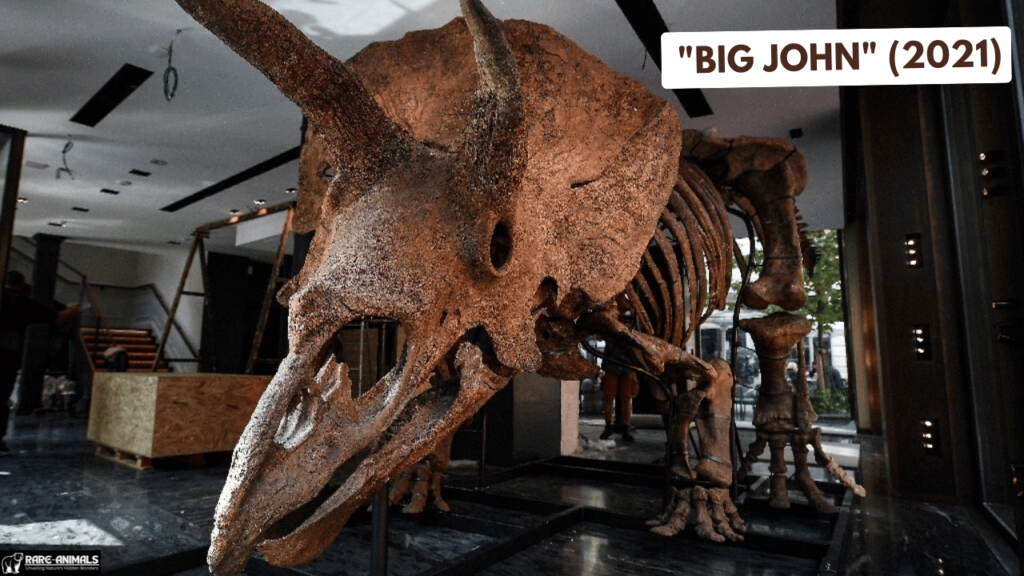
Extinction: The End of an Era
Triceratops, along with other non-avian dinosaurs, went extinct around 66 million years ago due to the Cretaceous-Paleogene (K-Pg) mass extinction event. Scientists believe this was caused by:
- A massive asteroid impact near present-day Chicxulub, Mexico.
- Volcanic eruptions that altered the climate.
- Drastic environmental changes that affected food sources.
Conclusion
The Triceratops remains one of the most fascinating and well-studied dinosaurs, leaving behind an incredible fossil record that helps scientists piece together prehistoric life.
Its unique adaptations, ecological role, and historical significance continue to intrigue wildlife enthusiasts, researchers, and educators.
FAQs
1. How big was a Triceratops?
Triceratops could grow up to 30 feet long and weigh between 6 to 12 tons.
2. What did Triceratops eat?
Triceratops was a herbivore, feeding on ferns, cycads, conifers, and flowering plants.
3. Did Triceratops live alone or in herds?
Evidence suggests both solitary and herd behavior, depending on environmental and social factors.
4. What were Triceratops’ main predators?
The Tyrannosaurus rex was its primary predator, preying on weak or injured individuals.
5. What caused the extinction of Triceratops?
Triceratops went extinct due to the Cretaceous-Paleogene (K-Pg) extinction event, likely caused by an asteroid impact and environmental changes.
By exploring the world of Triceratops, we gain valuable insights into the fascinating era of dinosaurs and the ancient ecosystems they thrived in.

Alveena is an experienced content writer with a knack for crafting engaging and insightful pieces. She thrives on breaking down complex ideas and presenting them as clear, captivating content that resonates with readers.

